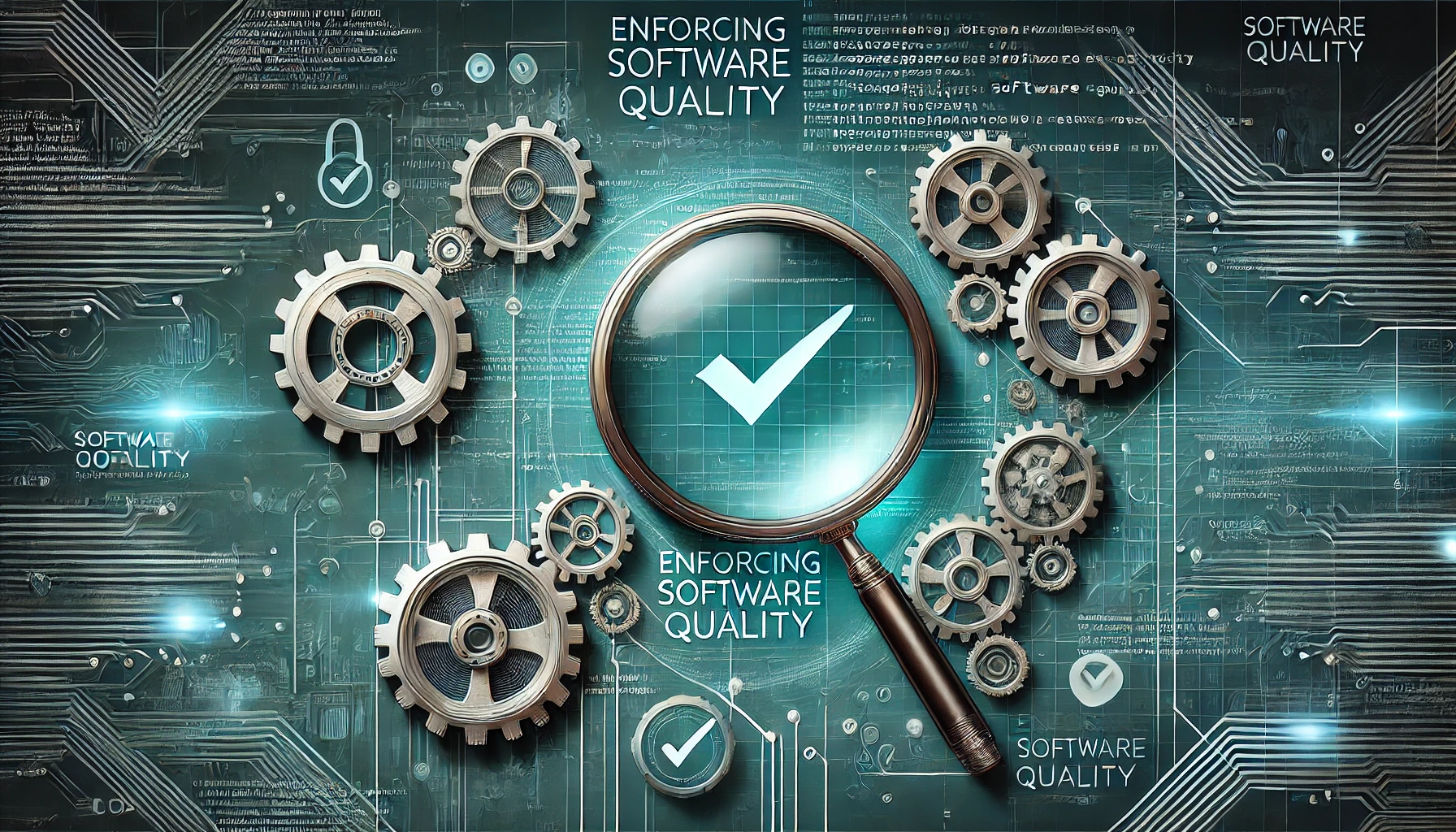💁♂️ Enforcing Software Quality Best Practices is not just a technical requirement; it’s a strategic investment in your startup’s future. By building reliable, secure, and scalable software, you’re laying the foundation for long-term success. Don’t let the challenges hold you back—start small, build incrementally, and prioritise quality from day one. Your future self and your customers will thank you.
Introduction
As a startup entrepreneur, you are likely focused on innovating, growing your business, and getting your product to market as quickly as possible. However, in the rush to launch, it’s easy to overlook one critical aspect that can make or break your startup in the long run—software quality. Enforcing Software Quality Best Practices from the beginning is not just a technical exercise; it’s a strategic move that can establish a solid foundation for your startup, ensuring that your product is reliable, secure, and scalable. Let’s dive into why this is crucial and how to implement these practices effectively.
Key Benefits
Enforcing Software Quality Best Practices early on offers several key benefits:
- Reliability: High-quality software is less prone to bugs and crashes, providing a better user experience and reducing the risk of costly fixes down the line.
- Security: Identifying and addressing vulnerabilities before they become issues can protect your startup from cyber threats, safeguarding your business and customers.
- Scalability: Software built on solid, well-tested code can be more easily scaled, allowing your startup to grow without hitting technical roadblocks.
- Reputation: A reputation for delivering reliable, secure, and efficient software can set your startup apart from competitors and earn your customers’ trust and loyalty.
- Cost-Effectiveness: Investing in software quality early can save money by preventing expensive rework, reducing downtime, and avoiding potential security breaches.
Step-by-Step Guide
Implementing a Software Quality pipeline doesn’t have to be complex or overwhelming. Here’s a simple step-by-step guide:
- Step 1: Establish Code Quality Standards
Define the coding standards and best practices that your team should follow. This includes naming conventions, code structure, and documentation requirements. - Step 2: Set Up Automated Code Quality Checks
Use tools like SonarQube to review your code against these standards automatically. SonarQube, for example, can analyze your code for potential bugs, vulnerabilities, and code smells, providing instant feedback to developers. - Step 3: Integrate Vulnerability Scanning
Incorporate tools like Checkmarx or OWASP ZAP into your pipeline to automatically scan your code for security vulnerabilities. This ensures that potential risks are identified and addressed before the software deployment. - Step 4: Implement Automated Testing
Use automated testing tools such as Selenium or JUnit to test your software’s functionality, performance, and security. Automated testing can run these tests consistently, ensuring new code doesn’t break existing functionality. - Step 5: Continuous Integration and Continuous Deployment (CI/CD)
Integrate these tools into a CI/CD pipeline using platforms like Jenkins or GitHub Actions. This ensures that every change to your code is automatically tested and reviewed before it is deployed, reducing the chances of errors reaching production. - Step 6: Regular Audits and Reviews
Review your Software Quality pipeline regularly to ensure it’s up to date with the latest best practices and tools. Encourage your team to improve the process continually based on lessons learned.
Popular Code Quality and Automated Testing Tools
There are several tools that can help you implement and enforce software quality best practices:
- SonarQube: An open-source platform that continuously inspects code quality, providing detailed reports on code issues and helping maintain high standards.
- Checkmarx: A security-focused tool that helps identify vulnerabilities in your code, allowing you to address them before they become exploitable.
- Selenium: A popular tool for automating web browser testing, ensuring that your web applications function correctly across different browsers.
- PyTest: A widely used testing framework for Python applications, helpful in running repeatable tests on code to ensure functionality. There are similar framework available for other programming languages, like Jest for JavaScript and JUnit for Java.
- Jenkins: A CI/CD tool that automates the process of building, testing, and deploying software, making it easier to maintain quality across development stages.
- GitHub Actions: A flexible tool that allows you to automate your development workflows directly from your GitHub repository, integrating various testing and quality checks.
Challenges in Implementing Software Quality for Startups
Implementing software quality practices isn’t without its challenges, especially for startups:
- Resource Constraints: Startups often need more resources, making allocating time and budget to quality assurance efforts difficult.
- Skill Gaps: Your team may need more experience with the tools and processes required to implement software quality practices effectively.
- Time Pressure: The need to get your product to market quickly can lead to shortcuts, where quality checks are skipped in favour of speed.
- Cultural Resistance: There can be resistance within the team to adopting new practices, especially if they are perceived as slowing down development.
However, overcoming these challenges is crucial. Investing in software quality can save you from more significant headaches and costs down the road. It’s about finding the right balance between speed and quality.
Conclusion
If you’re unsure where to start or need guidance on implementing these practices, feel free to connect with me on LinkedIn . I’m more than happy to share insights and help you establish a robust Software Quality pipeline tailored to your startup’s needs.
